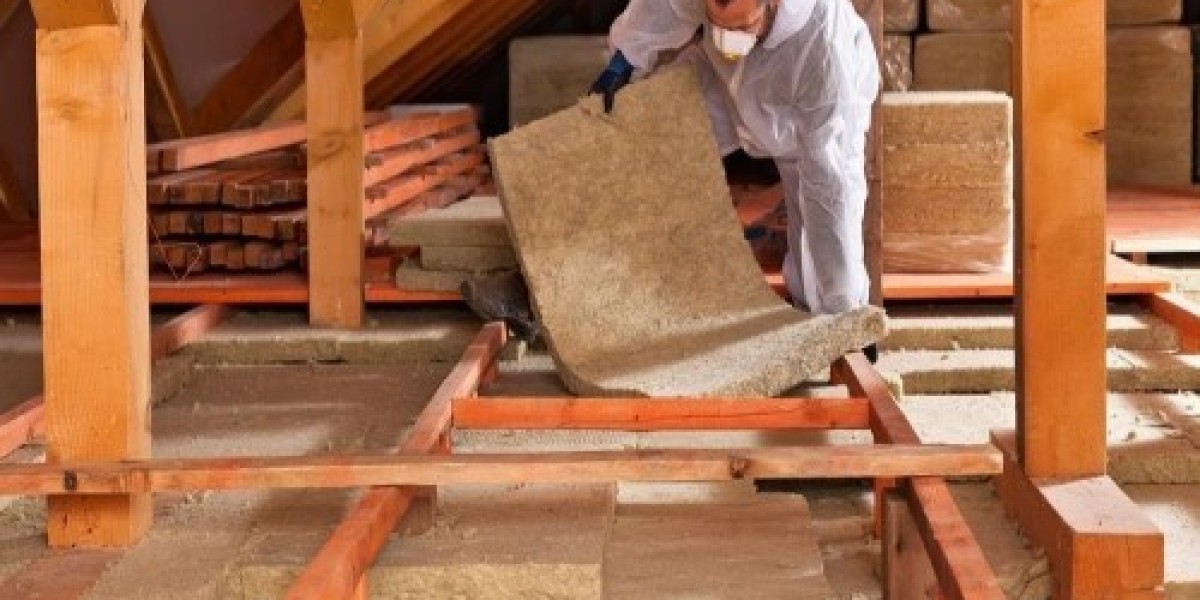Role of Building Thermal Insulation
Thermal insulation plays a vital role in building construction by reducing heat transfer between the interior and exterior of buildings. Insulation helps to maintain stable indoor temperatures and lower energy costs for heating and cooling. By preventing heat from escaping in winter and entering in summer, insulation allows buildings to use less energy for temperature regulation throughout the year. This makes insulation an important component for energy efficiency and sustainability in building design.
Types of Insulation Materials
Various materials are used for building thermal insulation in walls, attics, basement floors, crawl spaces and other areas of buildings. Common insulation types include fiberglass, mineral wool, cellulose, rigid foam boards and spray foam. Fiberglass batts and loose-fill insulation like cellulose are popular choices for wall cavities, while rigid foam boards are often used above grade on exterior walls or in basement applications. Spray foam comes as open-cell or closed-cell formulas for insulating irregular cavities and gaps. The R-value measures a material's ability to resist heat transfer, with higher R-values indicating better performance. Contractors carefully select insulation based on the building component and desired R-value.
Proper Installation is Key
Even the highest performing insulation will not work effectively if not installed correctly. Building Thermal Insulation must fill all cavities tightly with no gaps or voids to block heat transfer. Contractors follow specific guidelines for friction-fit or otherwise securing batts in walls or blowing loose-fill into attics to the proper depth. For exterior insulation like rigid foam boards, contractors ensure complete coverage with taped seams between boards. Spray foams require experienced applicators to ensure a continuous, even coverage. Proper installation is just as important as the insulation material itself to achieve the targeted thermal performance.
Benefits of Wall Insulation
Walls are a major source of unwanted heat transfer in buildings due to their large surface area exposed to outdoor temperatures. Effective wall insulation provides numerous benefits including energy savings, comfort and moisture control. By reducing heat flow, wall insulation lessens the workload on HVAC systems for conditioning interior air. This saves significantly on heating and cooling costs over time. Wall insulation also improves temperature stability inside to provide year-round comfort. It helps prevent moisture condensation within wall cavities that can damage building materials or support mold growth. Higher quality wall insulation like spray foam creates an air barrier as well to stop infiltration.
Attic Insulation is Crucial
The attic space above the top floor of a building experiences extreme temperature fluctuations between summer and winter. Without proper insulation, attics become pathways for substantial heat transfer. Adequately insulating attics using blown cellulose, fiberglass or rigid foam boards is vital for energy efficiency. It lessens cooling and heating costs by maintaining more stable indoor temperatures downstairs. Building thermal insulation also helps protect roofing materials from damage due to temperature cycling. The optimal depth is R-38 to R-60 depending on climate zone for complete thermal separation of the attic from living areas below. Proper attic insulation diminishes the attic space into a relatively climate neutral intermediate zone.
Basement and Crawlspace Insulation
Basement and crawlspace areas tend to stay cooler than the main living spaces above and require specific insulation strategies. Applying R-15 rigid foam boards to the exterior of foundation walls locks in warmth during winter. Loose-fill or batt insulation is also effective when installed between floor joists above a basement ceiling or along the perimeter of crawlspaces. This type of horizontal insulation helps regulate interior temperatures and reduces condensation risks. Like attic insulation, an optimal R-value of R-19 to R-30 is recommended for crawlspaces and R-15 to R-21 for basement walls. Insulating basement and crawlspace areas improves energy efficiency and structural durability below the main floors.
Insulation for Pipes and Ducts
It is also important to insulate water pipes and HVAC ducts that run through unheated areas like attics, crawlspaces, basements and exterior walls. Pipe insulation with a minimum R-3 value prevents condensation from occurring and subsequent water damage. It keeps pipes at a more consistent temperature year-round as well. Insulating ducts at R-8 minimum stops unnecessary heat loss or gain through the ductwork, improving HVAC efficiency. Poorly insulated ducts or pipes increase conditioning costs and energy usage while possibly shortening the lifetime of related systems and building components if moisture becomes trapped. Proper pipe and duct insulation helps maintain indoor comfort and system functionality.
Window and Door Upgrades
While they cannot be insulated thickly, windows and exterior doors still impact a building's overall thermal performance. Old single pane windows allow significant heat transfer regardless of other insulation efforts. Improving windows with double or even triple pane glazing dramatically reduces conducted heat flow. Adding tight-fitting storm windows over single pane originals also achieves noticeable improvement. Interior or exterior rigid foam strips around window and door frames further minimize air leakage. Consider upgrading to more energy efficient window and door units during renovations or replacements for especially noticeable impact on heating and cooling demands. Every small upgrade helps optimize insulation efforts.
building thermal insulation through various materials and techniques provides numerous energy savings and indoor environment benefits. From walls and attics to basements, pipes and windows - properly insulating all components creates a cohesive barrier against unwanted heat transfer. This improves comfort, lowers utility costs and protects building systems and structures from temperature fluctuations long-term. Contractors carefully select and install insulation to achieve optimal stated R-values tailored for each climate and building assembly. Overall, insulation warrants consideration as a foundational aspect of efficient, durable and sustainable residential and commercial construction projects.
Get more insights on Building Thermal Insulation
Also read related article on Wood Preservatives
Alice Mutum is a seasoned senior content editor at Coherent Market Insights, leveraging extensive expertise gained from her previous role as a content writer. With seven years in content development, Alice masterfully employs SEO best practices and cutting-edge digital marketing strategies to craft high-ranking, impactful content. As an editor, she meticulously ensures flawless grammar and punctuation, precise data accuracy, and perfect alignment with audience needs in every research report. Alice's dedication to excellence and her strategic approach to content make her an invaluable asset in the world of market insights.
(LinkedIn: www.linkedin.com/in/alice-mutum-3b247b137 )
Naijamatta is a social networking site,
download Naijamatta from Google play store or visit www.naijamatta.com to register. You can post, comment, do voice and video call, join and open group, go live etc. Join Naijamatta family, the Green app.
Click To Download


